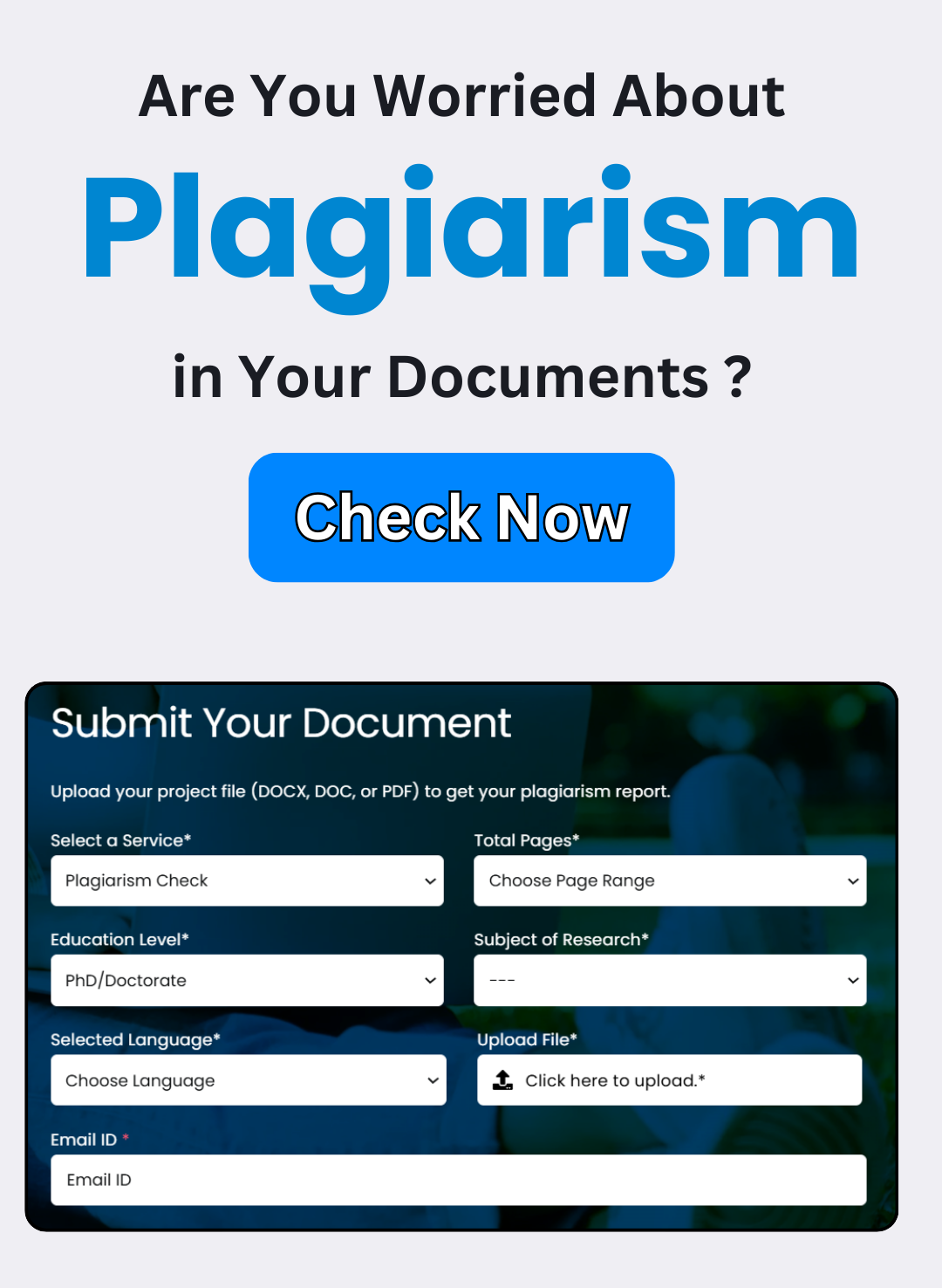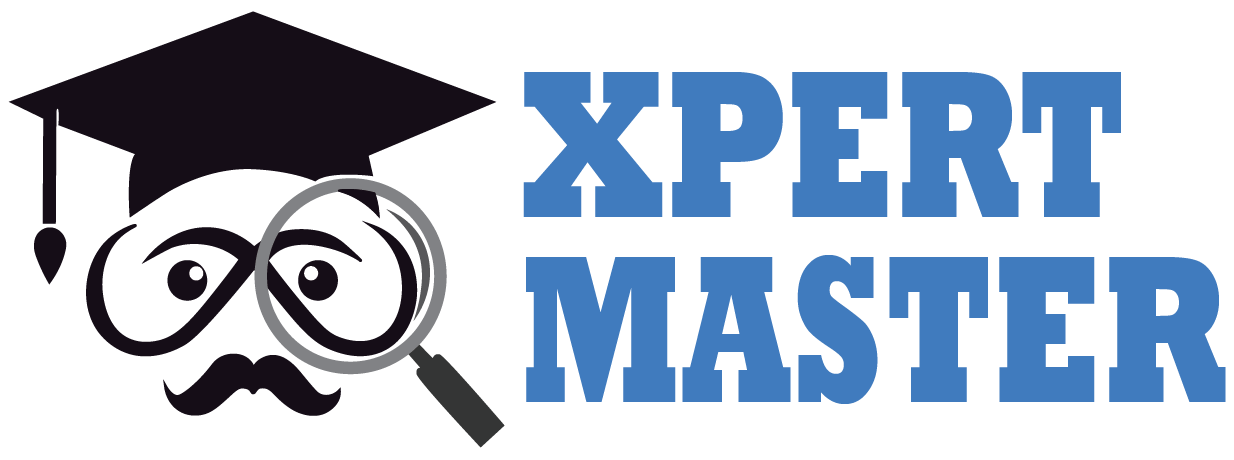Top Educational Plagiarism Detection Tools to Safeguard Academic Integrity
Educational Tools for Detecting Plagiarism– Detecting and preventing plagiarism in academic fields is essential. Teachers must have the resources they need. Plagiarism can be defined as the theft of someone else’s original work or ideas without crediting them. The consequences of plagiarism are severe and lasting, so don’t cut corners. In the market there are many Educational plagiarism detection tools. Some of these plagiarism tools were mentioned in this article.
Teachers can use plagiarism detection software to detect academic dishonesty. These programs use a large library of published articles, such as those found on the internet and in scholarly journals, to detect plagiarism. Once a student uploads their paper, the program generates an Originality Report that highlights any similar content and gives a similarity rating.
Plagiarism detection tools
You can use several tools to detect plagiarism, such as Turnitin and SafeAssign. It is important to compare and research the various options in order to find the one that best suits your needs.
It is important to understand the limitations of software for plagiarism detection despite its potential as a useful tool in detecting possible instances of plagiarism. These systems may label material incorrectly as plagiarism. Teachers should check the marked text to determine if it is acceptable for use in the classroom.
Teachers can take anti-plagiarism steps to prevent plagiarism
- Teach your students the importance of academic integrity and citation. Students must be taught that plagiarism is not acceptable and they need to properly credit their sources to receive credit for their work. The availability of material and seminars that address the subject can help students learn about academic integrity.
- Establish clear guidelines. Students and faculty should be informed of plagiarism standards at the beginning of any program or school. These standards should be communicated to students and they should adhere to them.
- Encourage students who feel overwhelmed or are having difficulty with their work to seek help. Students more likely to plagiarize if they need assistance. By encouraging students to ask for help from tutors, professors or writing centers, you can prevent plagiarism.
The conclusion of the article is:
By using plagiarism detection tools and other strategies that promote academic integrity, educators are able to prevent plagiarism while maintaining the integrity and credibility of the academic community. It may take a little more time to properly cite and complete one’s work. However, this is necessary for establishing a solid foundation for academic and career success.
How to Submit Your Thesis Without Plagiarism: Our Turnitin Report Service in India
Introduction
Writing a thesis is one of […]
Why Turnitin Plagiarism Check is Essential for International Research Collaboration
Introduction
International research collaborations are becoming increasingly […]
How to Improve Your Turnitin Report Score for Research Papers in India
Introduction
For students and researchers in India, […]
The Role of Turnitin in Academic Research and Publication in India
Introduction
Academic research and publication are central […]
Is Your Thesis Plagiarism-Free? How Turnitin Reports Can Help Indian Students
Introduction
Writing a thesis is a monumental […]
Transform Your Academic Writing with Turnitin Plagiarism Check
Introduction
For students, researchers, and academics in […]


